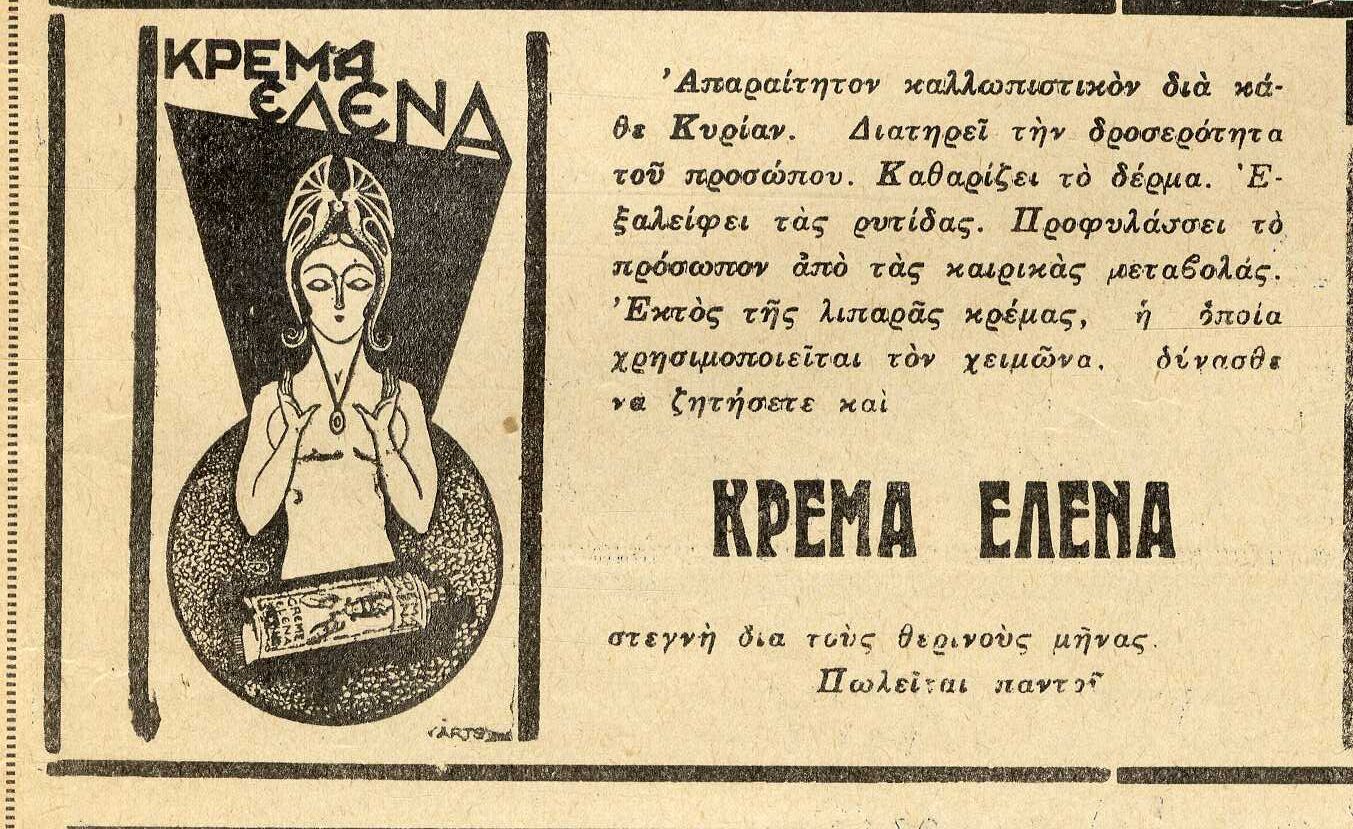
Asimina Stathopoulou, Archivist, Reading Room and Archival Research Department
General State Archives of Greece – Central Service
In Athens in the year 1933, the ladies of the time who read the weekly literary review “Panathenaea”, apart from being entertained by short stories such as “The Great Love” by Gregorios Xenopoulos or “The story of Avramis” by Napoleon Lapathiotis, were also the addressees of a series of advertisements aimed at women consumers.
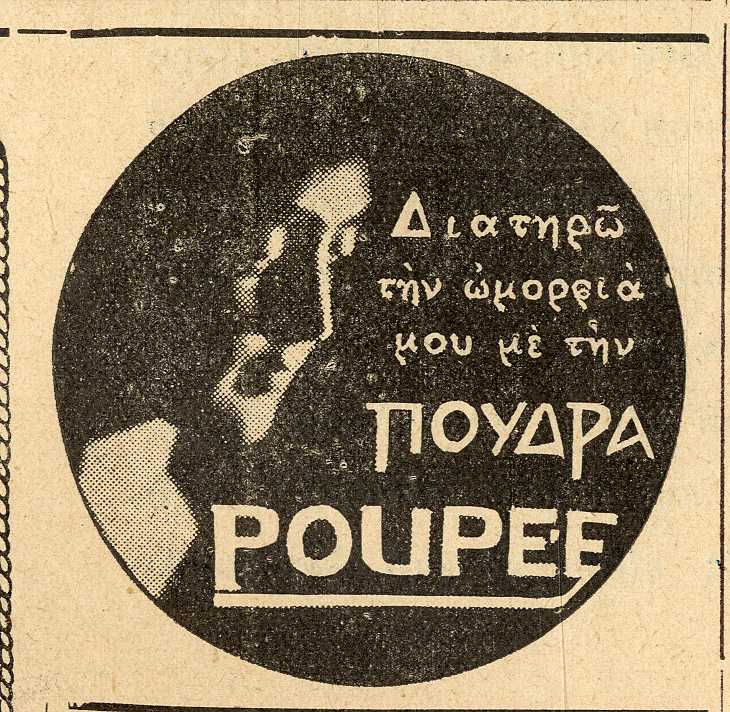
So, when the dilemma arose as to where a lady of the Athenian bourgeois society should have her dress made if she were to be elegant, the answer was the couture house of Miss Chrysa Vasileiadou ai 37 Voulis Street or the atelier of Mrs. Fornaro, ( in the Arsakeion arcade ), who had “unrivaled taste” and reasonable prices, as well as a full-page entry in the magazine. And if a lady wanted to combine her dress with leggings made of natural silk, she would have to select items from the “Etam” shop in Voukourestiou St. or its branches in Piraeus and Salonica.
Inevitably, the treatment of ladies’ faces and bodies played an equally important role. “ Crème Simon”, “ a real beauty cream”, vies with “ Elena Cream”, an “indispensable cosmetic for every lady”, while the “Poupée “ poudre goes as far as to conscript the star of the time Marika Kotopouli (an advertising practice also in use today), who, in a letter written in her own hand, stresses the salutary effects of using the product. Finally, the “ Aphrodite Institute” in 9 Nikis Street, is equipped with slimming belts, and offers treatment for obesity, massage and other services, all affirming eternal female coquetry.
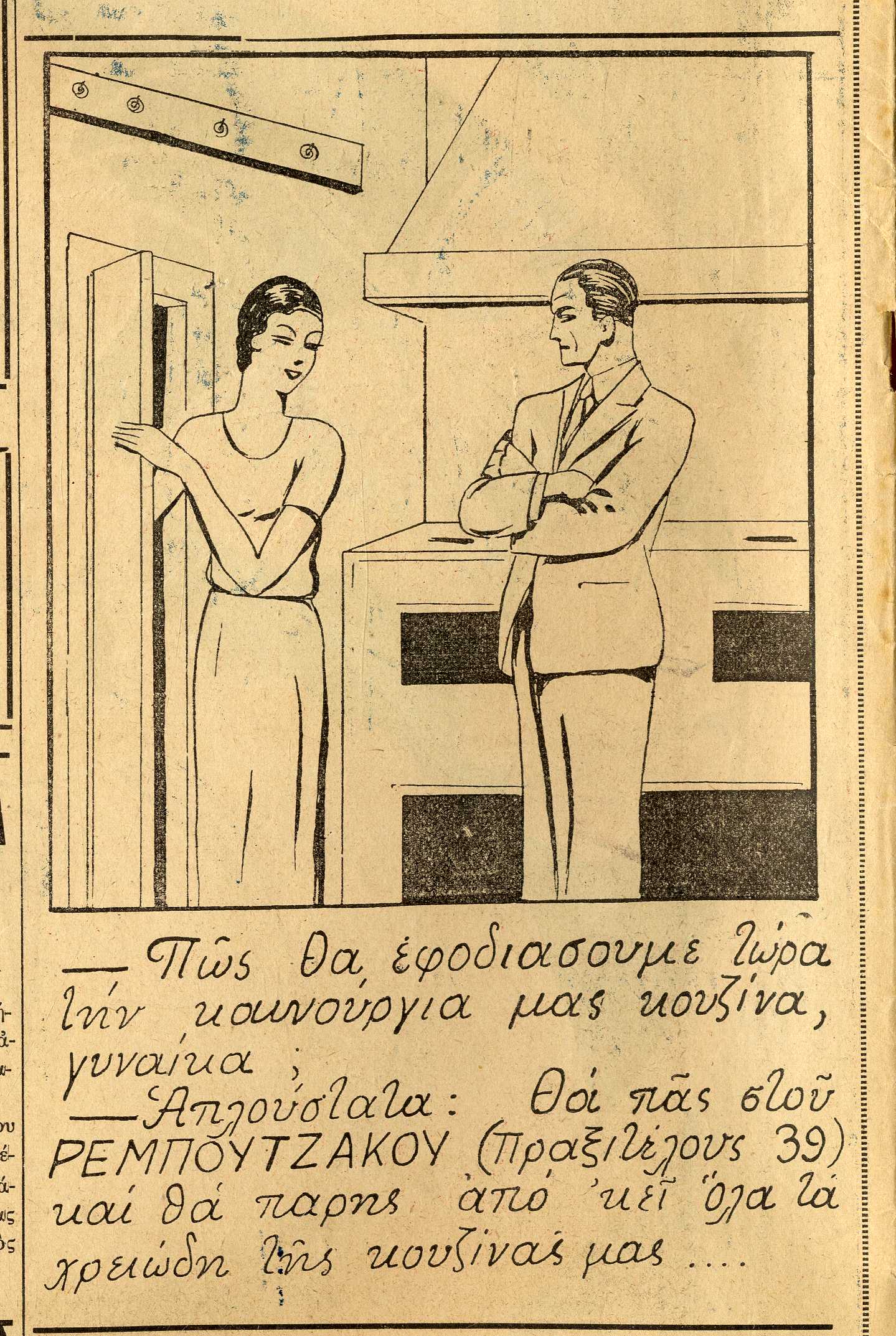
Naturally, there also exist advertisements which confirm the traditional role of the woman of that period, eloquently reflected in the advertisement of the Rempoutzakos domestic equipment shop in Praxitelous Street: the wife is insistently asking her husband to buy her “the requisites of our kitchen”, reminding him that the man is the main backer of the house, while the role of the woman is limited to that of the hostess.
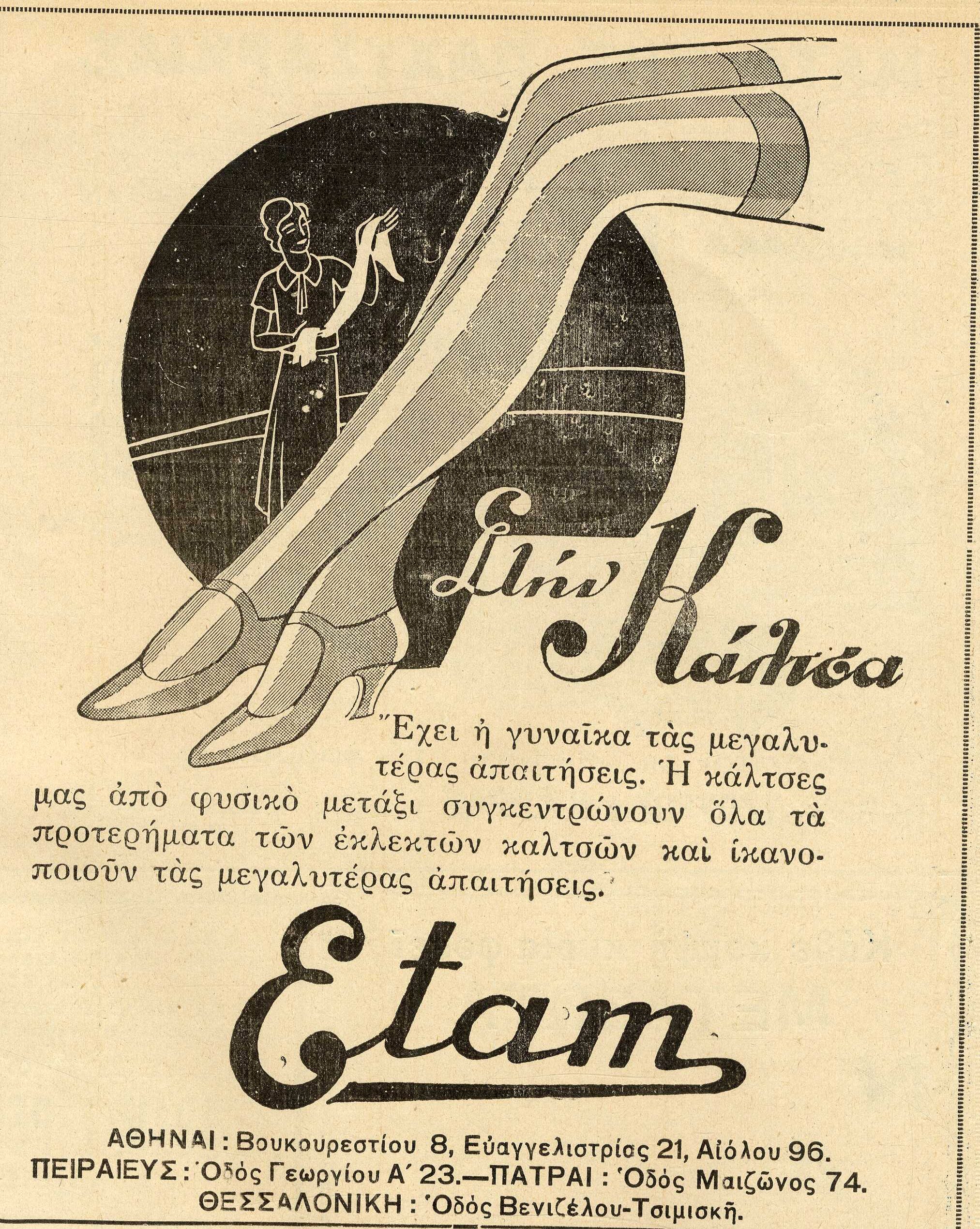
Behind the above references and if we bypass the rather amusing ( to us) and imaginative ways which advertisements employ in order to approach their prospective consumers, we can draw a wealth of information on the language, social manners and the entrepreneurship of certain social classes. The mapping of the shopping centre of Athens, as sketched out by the references to the streets where those advertised sold their products, gives us a clear picture of where the city’s shopping activity is situated, but also of the kinds of company active in the area. The existence of branches or even the presence of imported goods testifies to a business culture in Athens of the 1930’s; this culture has been shaped and will continue to be shaped, while the insertion in the advertisements of five-digit telephone numbers provided by the Limited Liability Company of Telecommunications of Greece, which had only recently (1931) been founded, throws into relief the perennial need of the business world to innovate and evolve by adopting new trends and new tools of communication to ensure competitiveness and survival.
[Source: General State Archives of Greece – Central Service, Lydias and Nikos Trichas Collection]


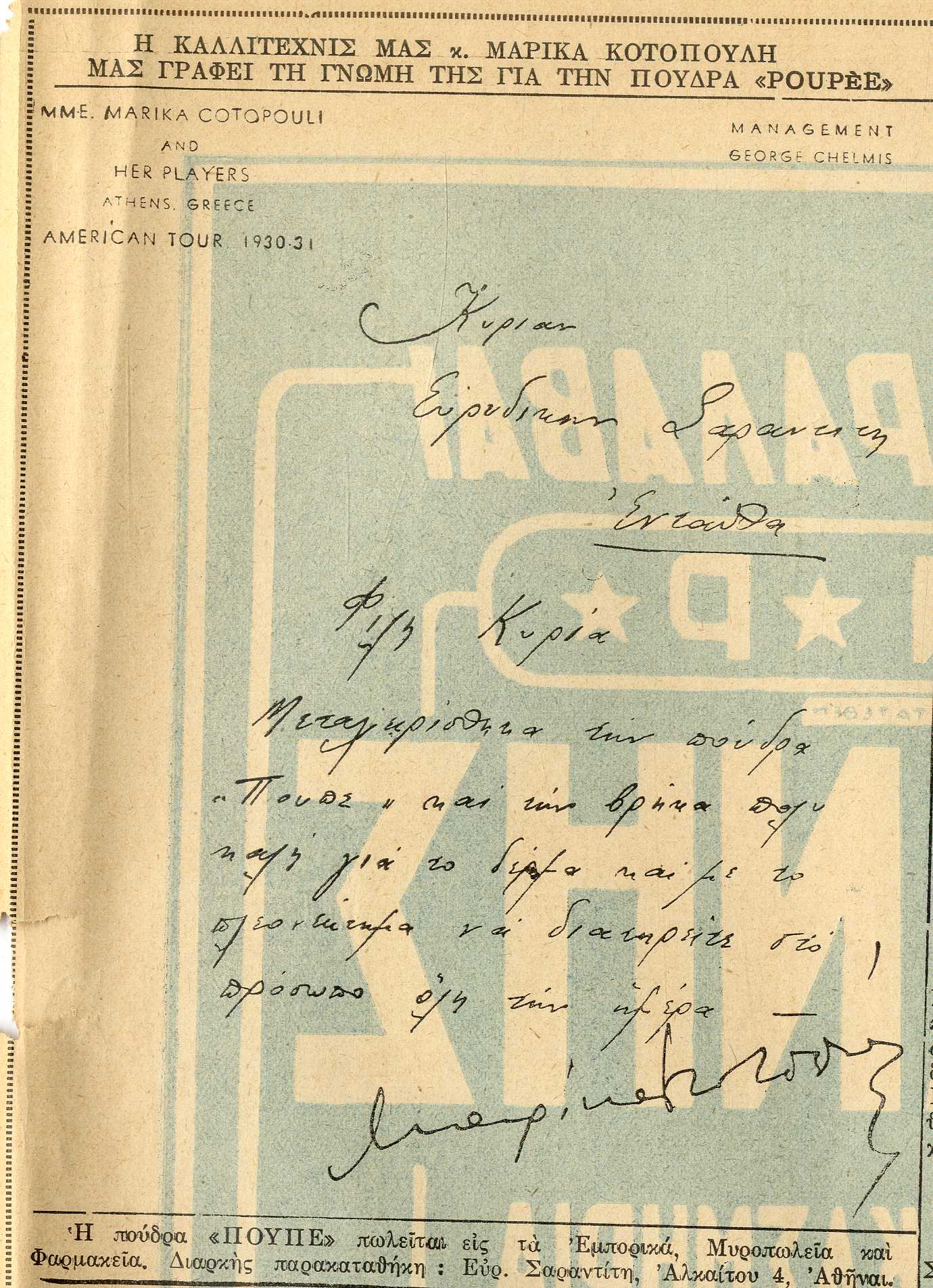
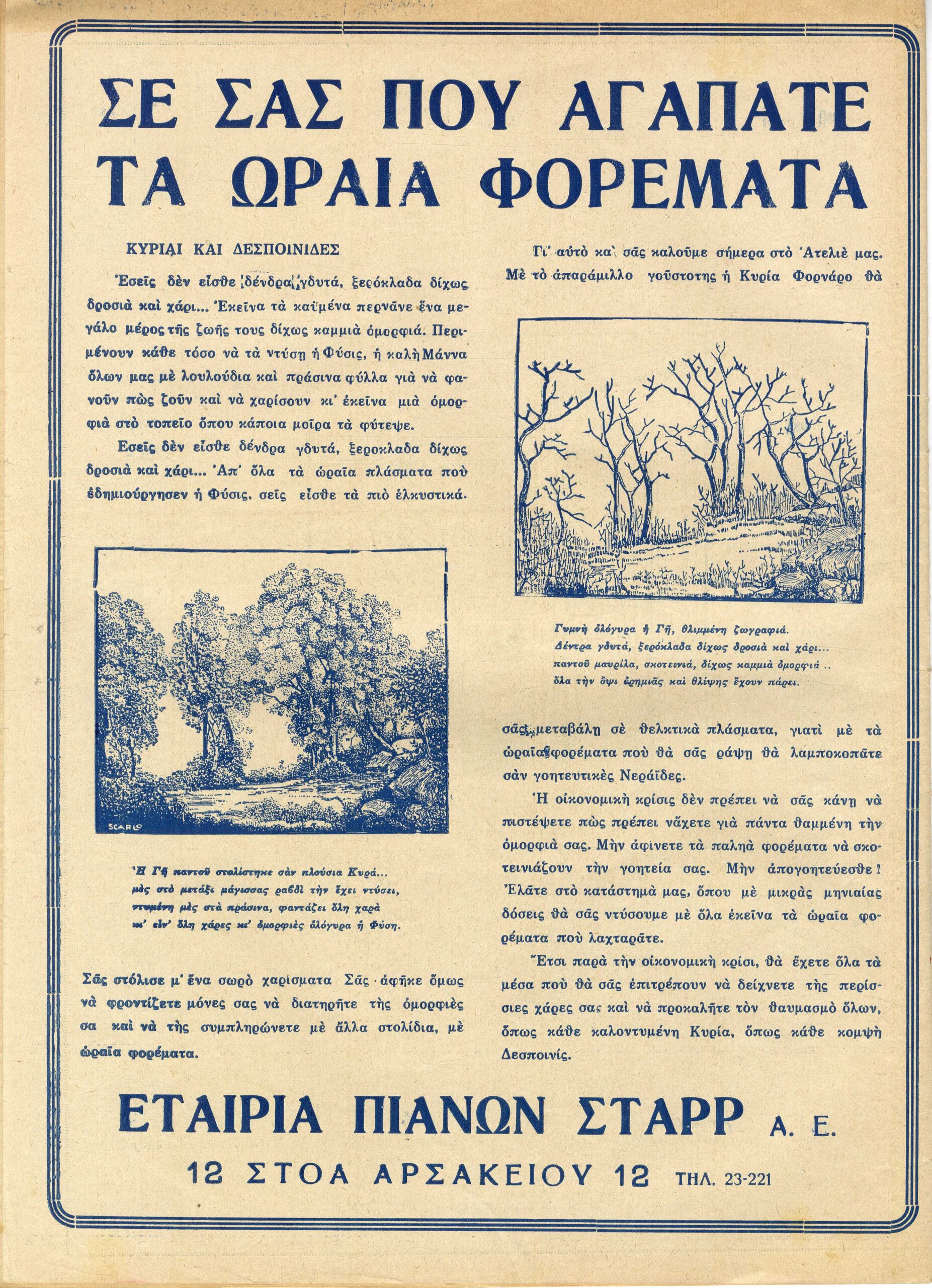
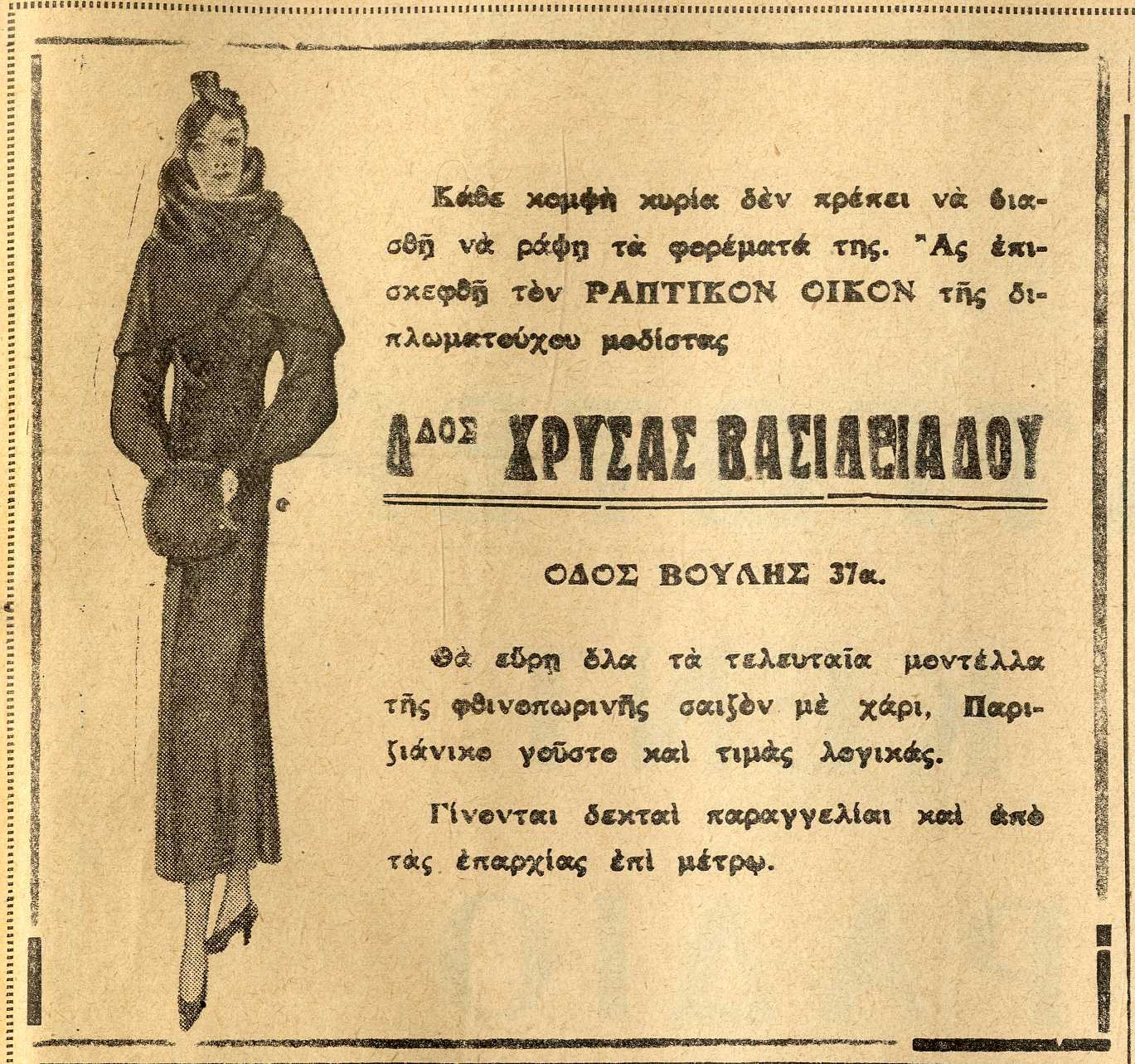
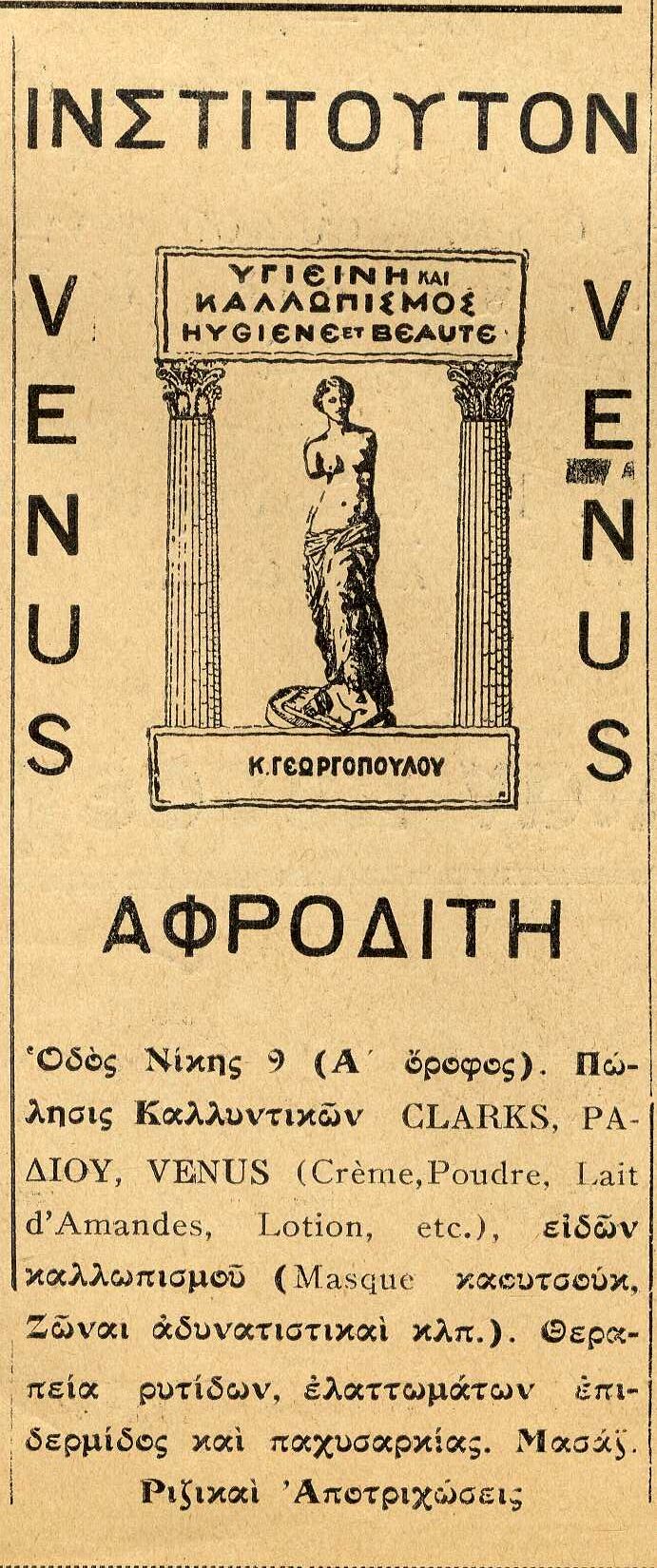






Leave A Comment